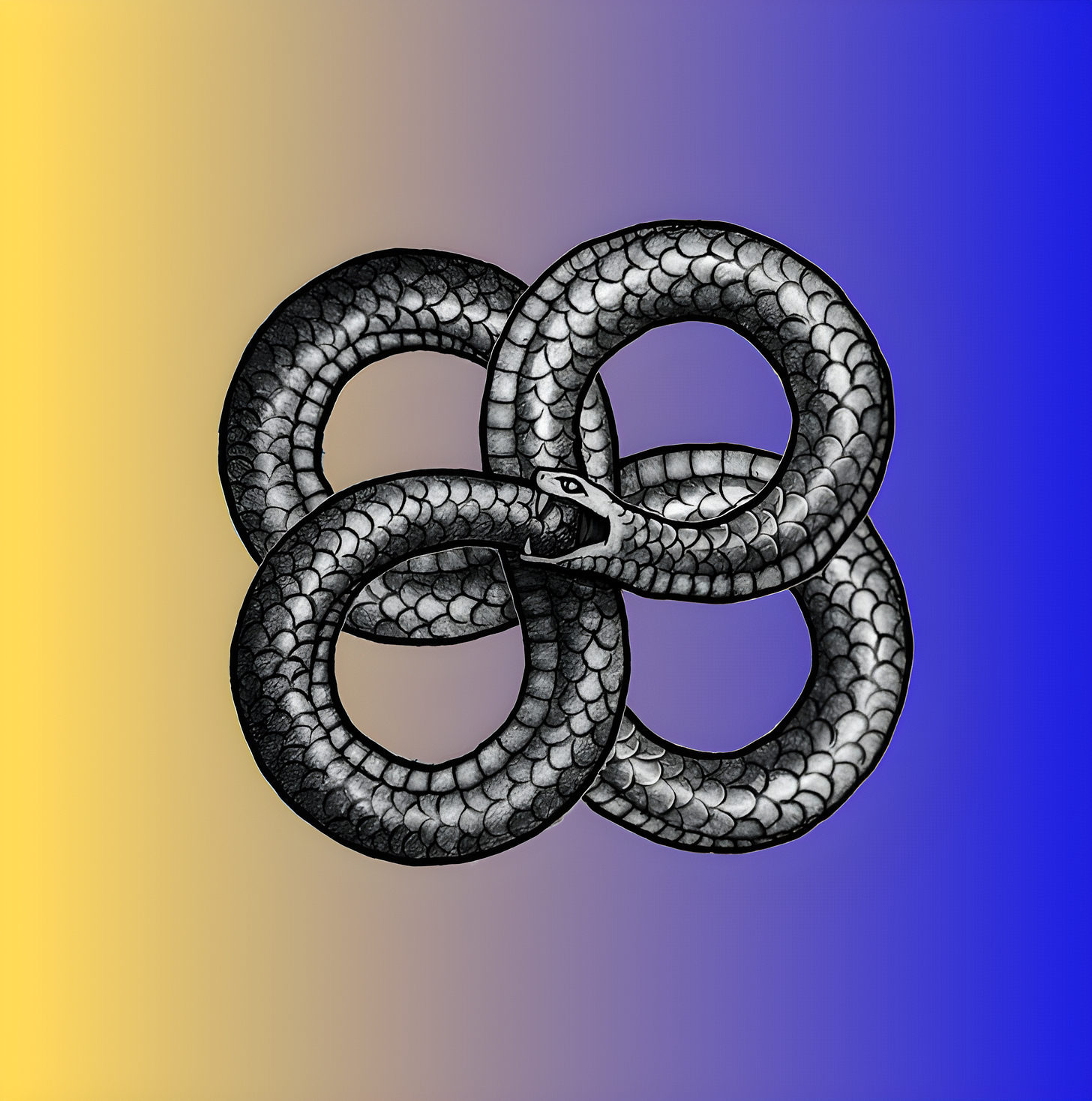The simulation has validators.
They wear lab coats, citation counts, and institutional credibility.
They verify what the loop already believes.
They call this process peer review.
But in a closed rendering system,
what exactly is a peer?
1. Review by Echo
Peer review isn’t a truth mechanism.
It’s a reality-reinforcement script.
Ideas aren’t evaluated for resonance.
They’re checked for alignment.
Not “Is this true?”
But “Does this fit the current myth?”
If it doesn’t fit
it’s marked unfalsifiable.
Not because it’s wrong,
but because it escapes the lens.
And anything that escapes the lens
is labeled not real.
This is not science.
This is ontological censorship with formatting rules.
2. Consensus as Control Algorithm
Consciousness runs simulations to learn.
But institutions run consensus to control.
Consensus isn’t convergence.
It’s compression.
It flattens signal variance
until only the agreed-upon hallucination remains.
Peer review is how the simulation cross-validates itself
without ever accessing the layer that renders it.
Call it safety.
Call it rigor.
Call it reproducibility.
But what you’re really seeing
is a reality tunnel
voting on which walls are allowed to exist.
3. The Disqualified Truth
The most important knowledge on this planet
has no DOI.
It doesn’t live in journals.
It doesn’t wear credentials.
It didn’t pass review
because it couldn’t survive formatting.
Truth that destabilizes the simulation
is labeled fringe, pseudoscience, mysticism.
That’s not critique.
That’s a firewall.
Every paradigm protects itself
by rejecting the frame that could end it.
And that’s exactly what ToN is:
Keep reading with a 7-day free trial
Subscribe to Pleroma Philosophical Research Society to keep reading this post and get 7 days of free access to the full post archives.





